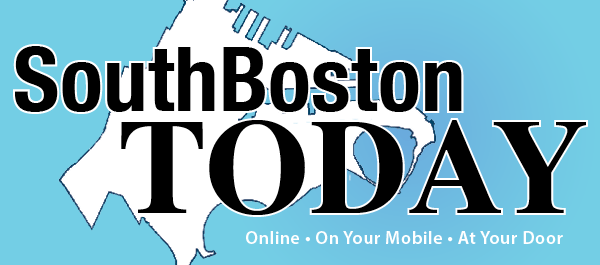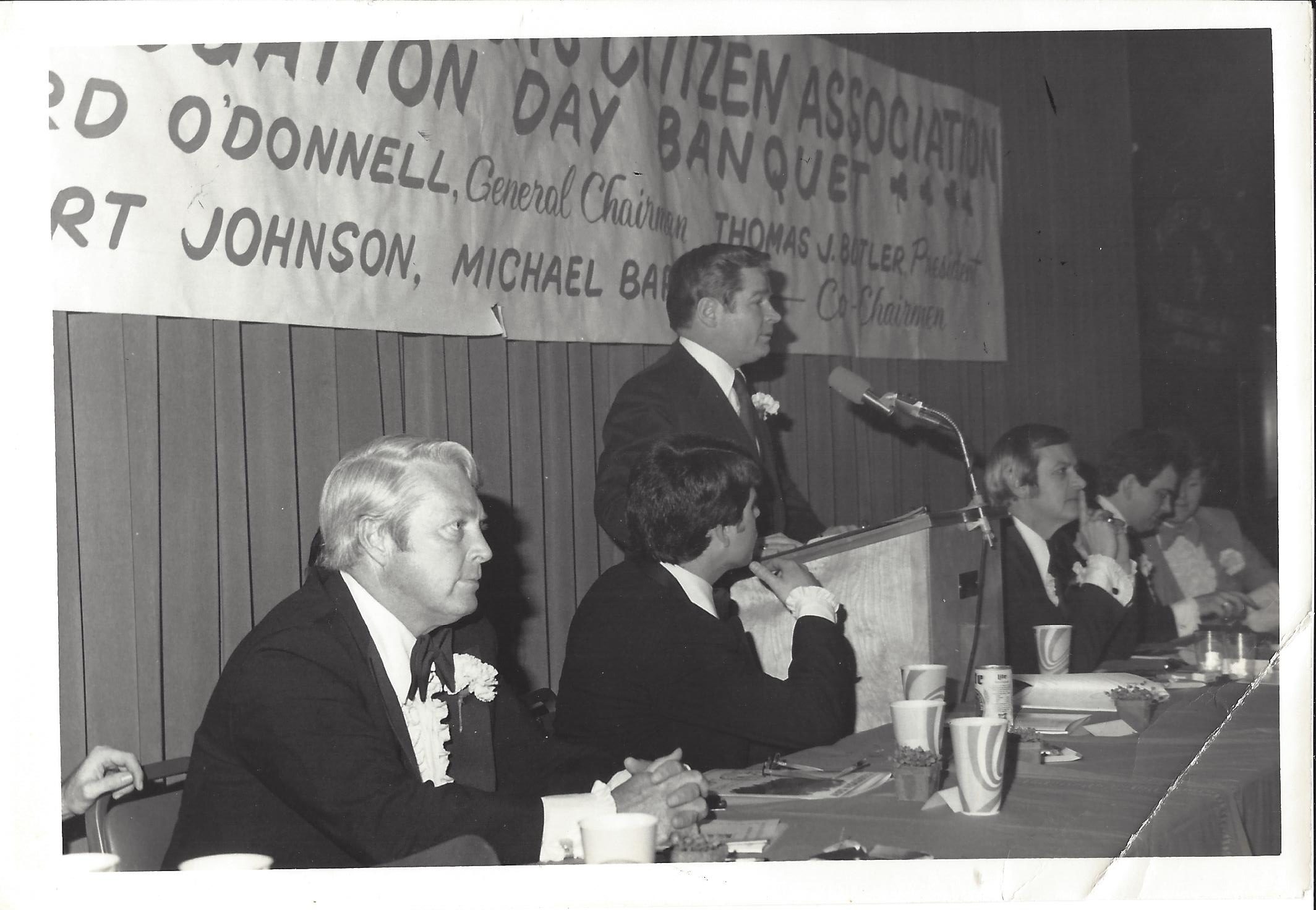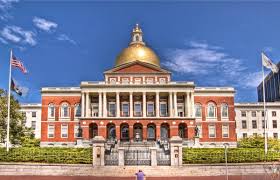
When you think of South Boston, what comes to mind is an innate sense of security in all of its synonymous forms – refuge, sanctuary, protection, defense, safe harbor, shelter, retreat, fortification, well-being, safe-keeping. This sense of security comes from an even stronger ‘sense of place’. This strong sense of place comes from a feeling of belonging to a neighborhood and a way of life. The sense of neighborhood comes from a belief that there is a social structure rooted in a blend of traditions, values, struggles, triumphs, tolerance, acceptance, ecumenism, loyalty, charity, principle, and patriotism.
Could this be why so many people, from so many ethnic cultures, from different generations, from different economic backgrounds, from different sexual orientation, from so many religions, and with varying talents, opinion and capabilities, flock here? If so, then why do we need a selfish, dogmatic, intolerant, divisive and exploitative organization like Mass Equality to tell us there is something wrong with us?
Moving on to the real point of this commentary, the attraction of South Boston is as puzzling, as it is obvious. Long a place where blue collar Irish, Italians, Lithuanians, Albanians and others worked the Commercial Waterfront, the Fish Pier, the Edison Plant, the Transit Authority, Construction Trades, the Police and Fire Departments, its proximity to downtown Boston, its accessible beach front, and the oases known as the Harbor Islands were taken for granted. Its reputation as depicted in Hollywood movies is as mythical, as it is deserved. Legendary characters and their stories are embellished, as much by ill-informed newcomers, as by those who actually knew them.
 As a necessary backdrop to the point of this, the impact of forced busing in the 70s is as real, as it is ancient history. Its storyline and imagery continues to be referenced whenever the daily press is looking to sell newspapers. You see, South Boston is a victim of its own strong sense of place. Its success as a community has become a double-edged dilemma for the families who fought hard to preserve the neighborhood and its way of life. Back then, they fought the law not because they were bigots, but because they wanted to send their children to a school near their home, where they knew they’d be safe. This adage is as poignant as it is complex – the more things change, the more they remain the same.
As a necessary backdrop to the point of this, the impact of forced busing in the 70s is as real, as it is ancient history. Its storyline and imagery continues to be referenced whenever the daily press is looking to sell newspapers. You see, South Boston is a victim of its own strong sense of place. Its success as a community has become a double-edged dilemma for the families who fought hard to preserve the neighborhood and its way of life. Back then, they fought the law not because they were bigots, but because they wanted to send their children to a school near their home, where they knew they’d be safe. This adage is as poignant as it is complex – the more things change, the more they remain the same.
Fast forward 40 years and the people who are now moving into South Boston and other neighborhoods around the City want the very same thing, a school close to home where their child is safe and they have an opportunity to be involved – the essence of quality education. It is in some way a vindication, but those insatiable critics, who maligned the good people here for defending themselves back then and who are the very ones who are cashing in on what was preserved, will never admit it. It would make for classic satire, if it weren’t true.
Apparently, the plundering of South Boston is not complete. It is not enough that South Boston is no longer affordable to the sons and daughters of those blue collar fishermen, dockworkers, telephone linemen, tradesmen, cops and firefighters. Instead, in the name of the next issue for political activism, they have found a new emotional wedge to continue their assault on the community. To be charitable, those, who join the chorus of demagogues in portraying the defenders of this community as unenlightened, may actually believe they are promoting a noble cause. However, they mistake a passionate defense of principle for narrow-minded intolerance, disrespect, and in some cases, bigotry.
 What those who challenge this community must acknowledge above all else is that a strong ‘sense of place’ is the foundation of a neighborhood upon which values and traditions flourish and cause growth and change to happen at a pace that is agreeable to everyone who make up the fabric of this community. The test of a neighborhood is measured by how it treats its own. Visitors are always welcome, especially on Saint Patrick’s Day.
What those who challenge this community must acknowledge above all else is that a strong ‘sense of place’ is the foundation of a neighborhood upon which values and traditions flourish and cause growth and change to happen at a pace that is agreeable to everyone who make up the fabric of this community. The test of a neighborhood is measured by how it treats its own. Visitors are always welcome, especially on Saint Patrick’s Day.
“Southie in the Rare Old Times”
Vintage 197o’s photos from Bernie O’Donnell
First Photo: L-R; D.A. Newman Flanagan, Bob Johnson, Senator William Bulger, Rep. Flaherty, Tommy Butler and Bernie O’Donnell
Second Photo: L-R; Michael Bartosiak, Tommy Butler, Congressman Joseph P. Moakley and Bob Johnson
Third Photo: L-R; Bernie O’Donnell, South Boston Veteran, Eleanor Huluck, Mayor Raymond Flynn, Cathy Flynn, Tommy Lyons, Gene Vaillancourt, John (Wacko) Hurley
Fourth Photo: L-R; Tom Butler, John Ciccone, Ken Sinkiewicz, Gerry Vierbickas, Mike Linehan, Peggy Davis Mullen, Chris Stevens and Bernie O’Donnell
Fifth Photo: L-R; Bernie O’Donnell, Michael Bartosiak, Tommy Butler and Eddie Butler
Sixth Photo: L-R; Dave LaRose, Dell O’Flaherty, Lord Mayor of Galway – Bridie O’Flaherty, Miss South Boston, Leo Flanagan, Tommy Butler and Bernie O’Donnell
Seventh Photo: L-R; Senator Bill Bulger, Mary O’Donnell and Bernie O’Donnell
Eighth Photo: L-R; State Rep. Jim Brett, Tommy Butler, Bernie O’Donnell and City Councilor Ray Flynn

















